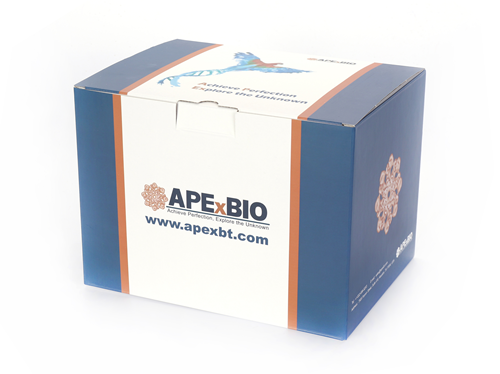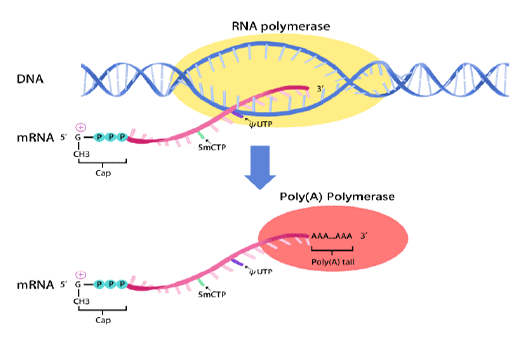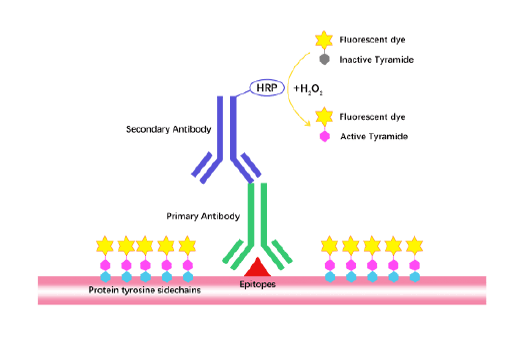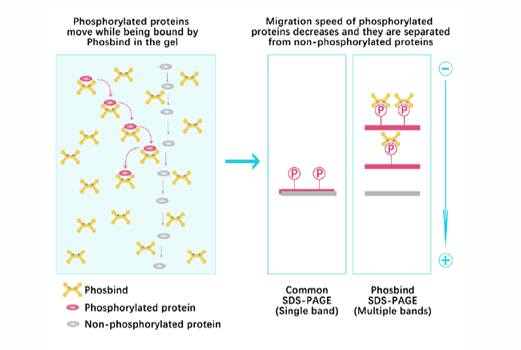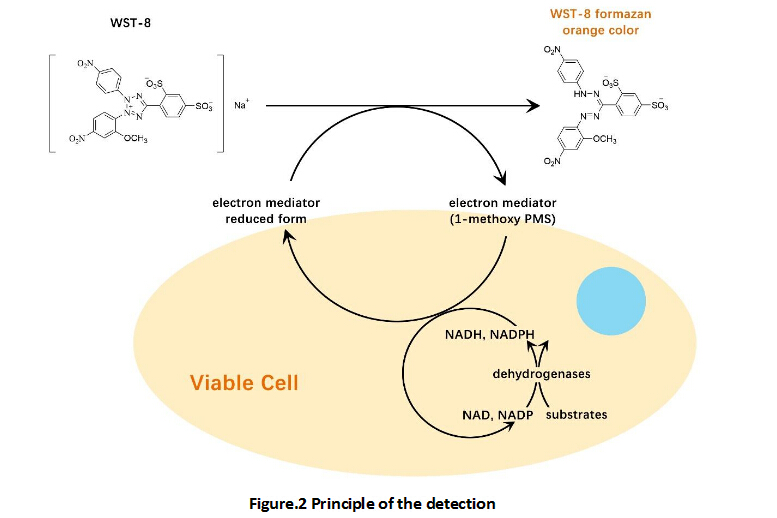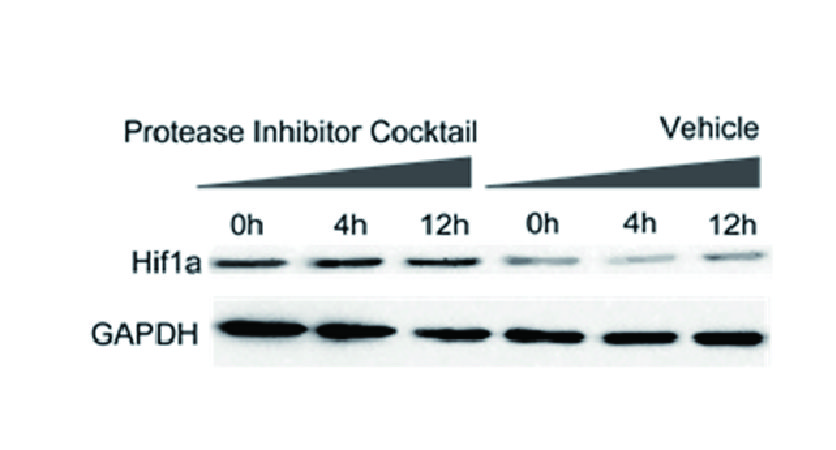Recombinant Murine Beta-defensin 3
Defensins (alpha and beta) are cationic peptides with antimicrobial activity against Gram-negative and Gram-positive bacteria, fungi, and enveloped viruses. They are 2-6 kDa proteins and take important roles in innate immune system. On the basis of their size and pattern of disulfide bonding, mammalian defensins are classified into alpha, beta and theta categories. β-Defensins are expressed on some leukocytes and at epithelial surfaces. They contain a six-cysteine motif that forms three intra-molecular disulfide bonds. Because β-defensins are cationic peptides, they can therefore interact with the membrane of invading microbes, which are negative due to lipopolysaccharides (LPS) and lipoteichoic acid (LTA) found in the cell membrane. Especially, they have higher affinity to the binding site compared to Ca2+ and Mg2+ ions. Furthermore, they can affect the stability of the membrane. Additionally, they are not only have the ability to strengthen the innate immune system but can also enhance the adaptive immune system by chemotaxis of monocytes, T-lymphocytes, dendritic cells and mast cells to the infection site.
Reference
1. Lioi AB, Reyes Rodriguez AL, Funderburg NT, et al. 2012. J Leukoc Biol, 92: 1083-91
2. Wang K, Wang JH, Baskaran H, et al. 2012. Head Neck Oncol, 4: 41
3. Lee JK, Park YJ, Kum KY, et al. 2012. Int Endod J.
| Gene ID | 27358 |
| Accession # | Q9WTL0 |
| Alternate Names | Defensin beta3 |
| Source | Escherichia coli. |
| M.Wt | Approximately 4.6 kDa, a single non-glycosylated polypeptide chain containing 41 amino acid residues. |
| AA Sequence | KKINNPVSCL RKGGRCWNRC IGNTRQIGSC GVPFLKCCKR K |
| Appearance | Sterile Filtered White lyophilized (freeze-dried) powder. |
| Stability & Storage | Use a manual defrost freezer and avoid repeated freeze-thaw cycles. - 12 months from date of receipt, -20 to -70 °C as supplied. - 1 month, 2 to 8 °C under sterile conditions after reconstitution. - 3 months, -20 to -70 °C under sterile conditions after reconstitution. |
| Formulation | Lyophilized from a 0.2 μm filtered concentrated solution in 2 × PBS, pH 7.4. |
| Reconstitution | We recommend that this vial be briefly centrifuged prior to opening to bring the contents to the bottom. Reconstitute in sterile distilled water or aqueous buffer containing 0.1 % BSA to a concentration of 0.1-1.0 mg/mL. Stock solutions should be apportioned into working aliquots and stored at ≤ -20 °C. Further dilutions should be made in appropriate buffered solutions. |
| Biological Activity | Fully biologically active when compared to standard. The ED50 as determined by anti-microbial activity against E.coli. is less than 20 μg/ml, corresponding to a specific activity of > 50 IU/mg. |
| Shipping Condition | Gel pack. |
| Handling | Centrifuge the vial prior to opening. |
| Usage | For Research Use Only! Not to be used in humans. |
Quality Control & DataSheet
- View current batch:
-
Purity > 95 % by SDS-PAGE and HPLC analyses.
- Datasheet
Endotoxin: Less than 1 EU/μg of rMuBD-3 as determined by LAL method.



